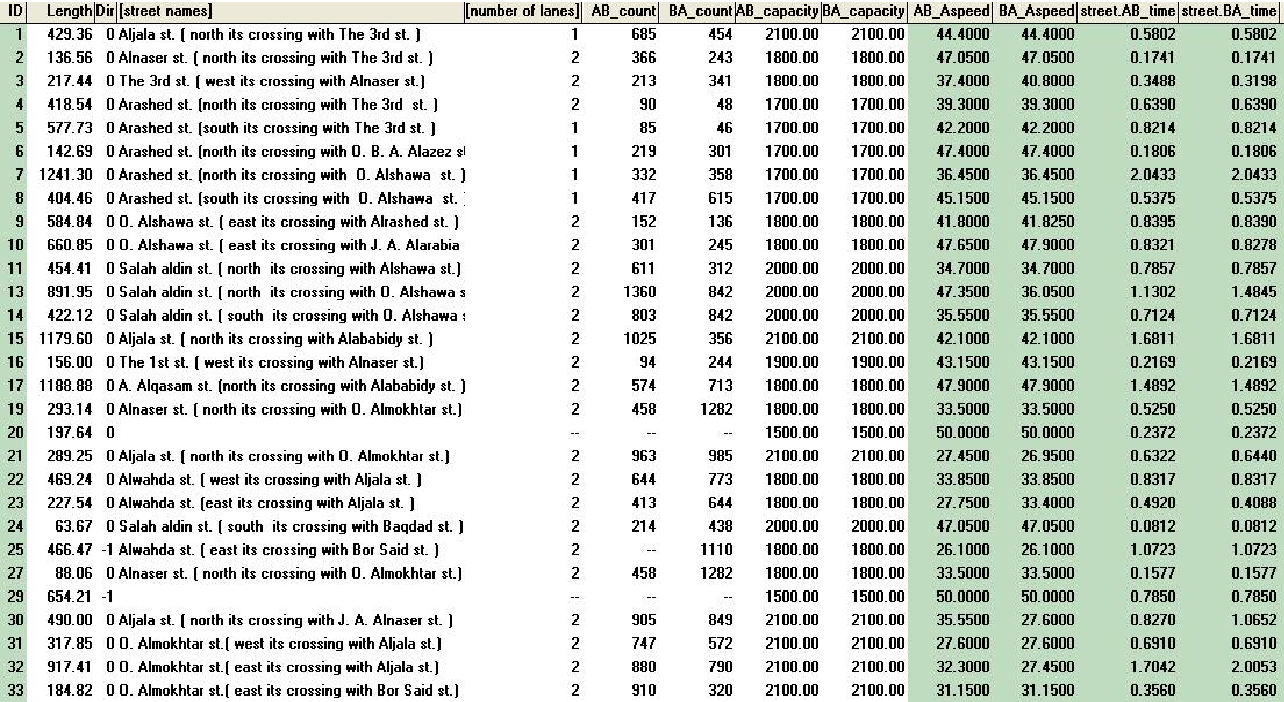
(1) DEM1: The first DEM raster, which can be created from LiDAR data or other data sources.

For remaining target points, the migration distance s n t n is converted to migration rate (m/yr) by taking into account the time interval (number of days) between the two DEMs. For example, the source direction from s 1 to t 1 in Figure 1 is not perpendicular to the line segment that contains s 1, and so t 1 is deleted. If the source direction is not perpendicular to the line segment that contains the source point, the target point is deleted. The source direction is further compared with the orientation of the line segment on the source line to validate the target point. If no source point is found, the target point is deleted if a source point is found, the direction of the source point relative to the target point is called source direction, which is statistically related to the prevailing wind direction ( Dong, 2015). For any random target point t n on a target line, a search radius r is used to search for the nearest source point s n on the source line. The slip face centerlines extracted from the first DEM and the second DEM are called source lines and target lines, respectively ( Fig. Dune slip faces are extracted from DEMs based on AOR values, and the centerlines of slip faces are obtained by vectorization. In the PSTP method, the angle of repose (AOR) is used as a sensitive indicator of dune migration. Although it is difficult or impossible to monitor every step of dune movement, multitemporal data sets such as high-resolution DEMs derived from LiDAR data can be used as snapshots for studying sand dune migration. This observation is used as the theoretical foundation of the PSTP method. METHODSīagnold (1941) observed that sand avalanching and slumping events caused by gravity occur in the inclination direction of the dune slip face. The add-in is freely available (see footnote 1), and it can be a useful tool for geoscientists studying migration of desert or coastal sand dunes. As a continuing study of Dong (2015), this research note focuses on the development of a generic ArcGIS add-in toolbar using the Python programming language, for automated measurement of dune migration directions and migration rates based on multitemporal and high-resolution digital elevation models (DEM), which can be derived from LiDAR data or other sources. The work of Dong (2015) was implemented in ArcGIS ModelBuilder, which is not a generic GIS software. Dong (2015) proposed the pairs of source and target points (PSTP) method and built a model for automated measurement of dune migration using multitemporal LiDAR data. (2014) studied analysis methods for coastal LiDAR time-series data in a geographic information system (GIS).
#Transcad gis scholalry article manual
However, visual analysis and manual measurement remain a common practice in these studies. Light detection and ranging (LiDAR) has provided unprecedented data sets for sand dune studies ( Mitasova et al., 2005 Saye et al., 2005 Reitz et al., 2010 Baitis et al., 2014 Ewing et al., 2015).


 0 kommentar(er)
0 kommentar(er)
